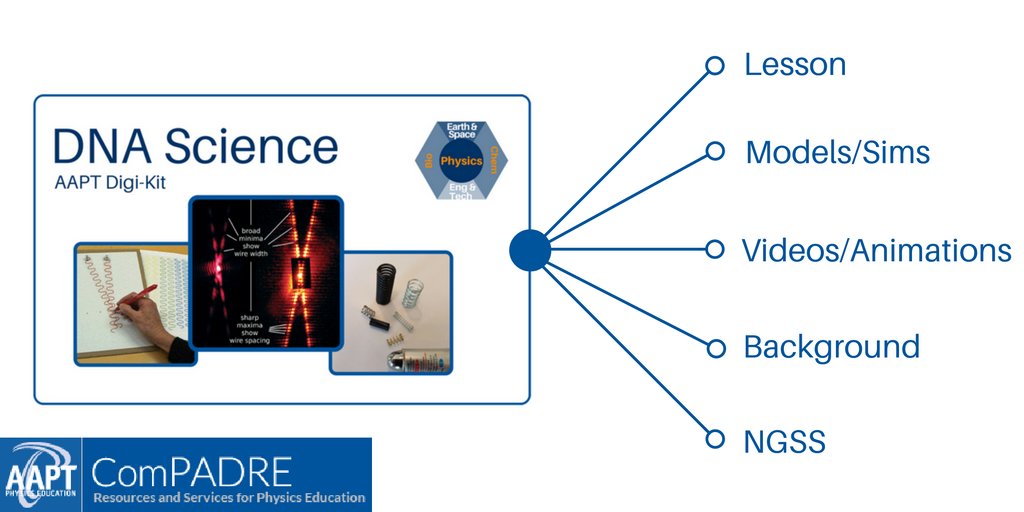
The Physics Teacher
January 2023
Volume 61 Issue 1
This Month’s Cover...showcases a young baseball enthusiast mid-swing, attempt-ing to hit either of two balls. While a bit out of season, the photo invites the viewer to take a nostalgic look back at warmer days and perhaps ponder, as does Jeffrey Marx, author of the article on page 4, “At what angle should a ball be tossed so as to minimize the speed of the ball relative to the receiver?” See “The Optimal Throwing Angle for a ‘Soft’ Toss” for the answer. (photo credit: David Moss, www.davidmossphoto.com)
Columns
And the Survey Says..., Astronotes, Figuring Physics, For the New Teacher, Just Physics, iPhysicsLabs, Little Gems, Physics Challenge for Teachers and Students, Fermi Questions, Talkin' Physics, Technology In The Classroom, Tricks of the Trade, Visual Physics, and Websights.
PAPERS
The Optimal Throwing Angle for a “Soft” Toss by Jeffrey Marx. DOI: 10.1119/5.0067676
The Projectile Scattering Apparatus—A Modern Update to a Classic Experiment by Kurtis A. Fletcher, Nicole M. Lallier and Jack M. Masman. DOI: 10.1119/5.0064389
A Dynamic Electron Model for Teaching Electric Circuits by Fabian Beil, Michael Thees, Sebastian Kapp and Jochen Kuhn. DOI: 10.1119/5.0041364
Using Space Junk to Measure G by David C. Wirth. DOI: 10.1119/5.0056559
Supporting Students’ Self-Regulated Learning in an Introductory Physics Course by Georg W. Rieger, Jess McIver, Silvia Mazabel and Eric W. Burkholder. DOI: 10.1119/5.0062172
Global Voices in Science: Are We Listening? by Alok Kumar. DOI: 10.1119/5.0068512
Uses for the HEC BB Bag in Physics Instruction by Michael M. Hull, Manuel Becker, Florian Budimaier, Haruki Abe and Haruhiko Funahashi. DOI: 10.1119/5.0087273
Determining Charge Stored on a Capacitor Using Numerical Integration with a Spreadsheet by Douglas T. Young. DOI: 10.1119/5.0077442
A Qualitative Approach to the Electromagnetic Induction Fostered by Augmented Reality by Roland Berger and Philipp Lensing. DOI: 10.1119/5.0062131
Precise Measurements Using a Smartphone’s Magnetometer—Measuring Magnetic Fields and Permeability by Jarier Wannous and Peter Horvath. DOI: 10.1119/5.0033597
Derivation of the Field Due to a Magnetic Dipole Without Use of the Vector Potential by John E. Proctor and Harvey Thomas Gould. DOI: 10.1119/5.0077127
Creative Astronomy: Broadening the Scope of an Online General Education Course by Leveraging an Authentic Collaboration between Learning Assistant and Instructor by Mel S. Sabella and Joann C. Roberts. DOI: 10.1119/5.0080890
A Room-Size Model of Lunar Phases by Barbara Andereck. DOI: 10.1119/5.0064950
Brewster’s Angle as Never Seen Before by Alejandro Doval and Raul de la Fuente. DOI: 10.1119/5.0063687
Visualizing Vision by Ana Gostinčar Blagotinšek. DOI: 10.1119/5.0060455
Determination of the Transverse Width and Distance of an Object with a Smartphone Camera by Soumen Sarkar, Sanjoy Kumar Pal and Surajit Chakrabarti. DOI: 10.1119/5.0065457
Acceleration Research Based on Arduino Motion by Zhiqi Lin, Yuchan Xie and Chaoshi Tu. DOI: 10.1119/5.0050398
Relativistic Velocities That Are Easy to Transform by Steven L. Morris. DOI: 10.1119/5.0056113
Thermal Tide Detection: A Case Study to Introduce Open Data Analysis in High School by Andrea Bussani and Cinzia Comici. DOI: 10.1119/5.0060556
Customizing Physics Courses for Non-Physics Majors Using Relevant Problems to Motivate Students by Krista K. McBride. DOI: 10.1119/5.0061909
Measurement of g Using a Steel Ball and a Smartphone Acoustic Stopwatch by Jiarui Zhang, Junhui Zhang, Qiushi Chen, Xiaorong Deng and Wei Zhuang. DOI: 10.1119/5.0058374
The Physical Pendulum: An Illustrative Teaching Laboratory Example Using a Long Rod by Jesús Palacios Gómez and Roque André Eleazar Arroyo Villagómez. DOI: 10.1119/5.0065320
Race and Physics Teaching Collection Resource
Race and Physics Teaching Continued May 2020-January 2021
DNA Science Lesson & Digi-Kit
Inspired by an article from The Physics Teacher, this multidisciplinary lesson and digital resource collection is based on How Rosalind Franklin Discovered the Helical Structure of DNA: Experiments in Diffraction (Braun, Tierney, & Schmitzer, 2011). Click the image to access this resource.


